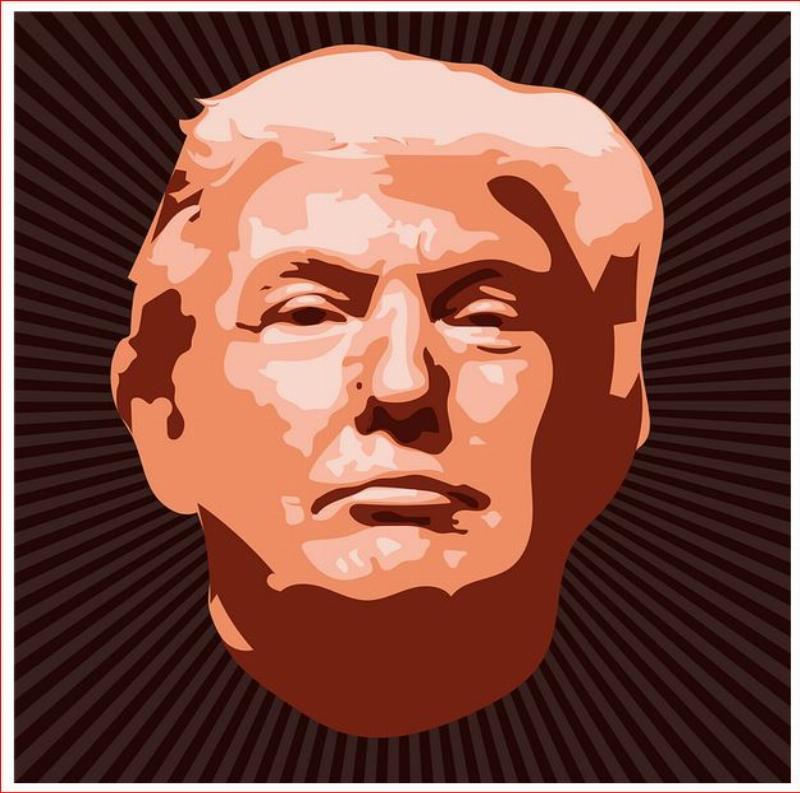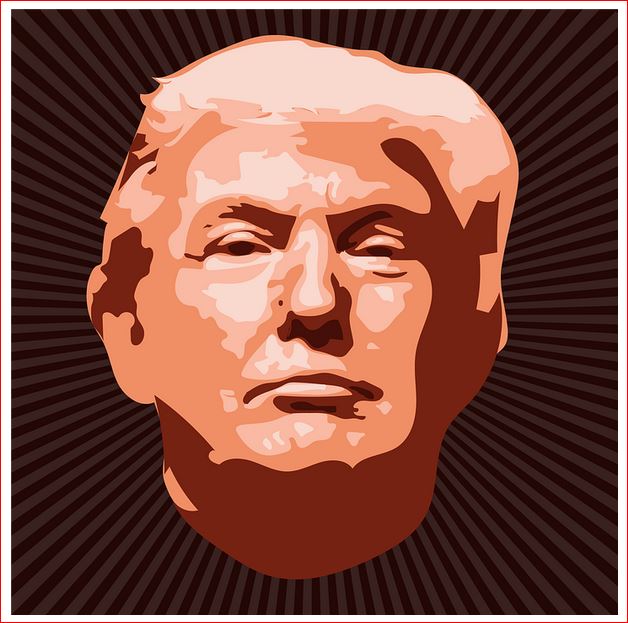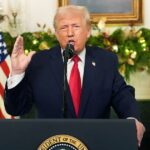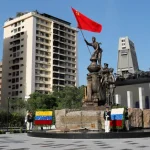

Donald Trump is an acquired taste. Donald Trump is a bully. Donald Trump is a breath of fresh air. Donald Trump is an oligarch. Donald Trump is a convicted felon. Donald Trump is the personification of the American Dream. Donald Trump is a spoiled narcissist. Donald Trump is ____________(fill in your own description).
No American political figure in the last hundred years has gotten so much press and inspired so much love and hate as Donald John Trump. Not Bill Clinton or John Kennedy with their overactive libidos, not Nixon with Watergate, not Bush with the Iraq War or Obama for incessantly playing the race card nor FDR with his socialist approach to solving America’s economic woes.
One probably has to go back to Abraham Lincoln to find an America so divided and a president so admired and so despised by so many people at the same time.
That said, Europeans have a big problem with Trump and with strong leaders, especially those with enormous power and who are willing to use it. Their memories of fascism and their long history of internecine wars have made them suspicious of any leader who speaks of nationalism and making his own country better than all the rest. It is just European human nature to dislike such leaders.
Now Europeans must deal with one who reminds them that America is still dominated by tough-minded pioneer types that would rather listen to someone who sounds more like John Wayne than Barack Obama. Hope was never a plan, and most Americans knew it, though the Obama administration used it in an attempt to radically change U.S. culture.
With that as the background for the reality of the present, it’s worth repeating a few facts: Donald Trump won the majority of the popular vote (over 77 million of them) and 312 electoral votes (42 more than he needed to become president) and he took six states away from the Democrats which ended up giving him the win (all the other states voted the same way as they did in 2020).
Trump was elected because a majority of Americans wanted a sea change in their economy, in immigration policy, in their culture and in the way politics was run in the country. They wanted a “straight talker” and a “straight shooter” – someone who would clean up Joe Biden’s and Kamala Harris’ mess. They wanted a safe and secure border, freer speech, no men in women’s sports, lower prices with a more stable economy and to be respected on the world stage for what America stands for and has done since the end of World War II. They also wanted fewer foreign entanglements and to avoid new foreign wars.
They wanted someone to say, out loud, that America was not a racist country and to reverse destructive government policies that promoted people or gave them an unfair advantage simply because of their skin color or their gender. They wanted a meritocracy back and they’re counting on Trump to deliver it.
That brings us to today in month one and year one of Trump 2.0. Since his inauguration, he has been busy signing Presidential Executive Orders (EOs) that reverse many of the policies of the Biden administration.
The most important of them is the EO creating a national emergency at the Southern border. Trump ran on a promise to make America safe again, on the border, and he is determined to do so, with the military if necessary. Next, come the deportations of convicted criminal illegal aliens and will soon be followed by removing federal funding from states and cities that refuse to cooperate with federal authorities by turning over information on illegal immigrants that they are protecting under their self-avowed “sanctuary city/state status.” This one promise is perhaps the most important promise that Trump must honor if he is to continue to receive the support from his base of voters.
Interestingly enough, immigration is one of Europe’s problems, too, and several nations are seeing their political pendulum swing to the right in order to secure their borders from mass illegal immigration and from the resistance of those legally here to integrate. As Trump has repeatedly said, “without a border you have no country.”
Other EOs concern the imposition of duties or tariffs on certain countries that have either been unwilling to address the trade imbalances they have with the U.S. or have refused to eliminate the non-tariff barriers that have given them a competitive advantage. Trump means business when it comes to finding a trade balance that is more fair and that gets more American goods into foreign consumers’ hands. Countries that have huge trade imbalances had better brace themselves, because the tariff hammer will fall, especially when it comes to specific product categories that could ultimately affect a number of countries like those in the European Union.
“There are two genders: male and female.” Never before in all of American history has a president been so bold as to say what science and biology and all the rest of us in the real world have known all along. By making this statement and by signing EOs that protect women’s rights in sports and by throwing down the gauntlet to the powerful “alternative sexual lifestyle” lobby, Trump has drawn a line in the chromosomal sand.
Making American culture great again required this statement along with the elimination of radical DEI, CRT and other racially prejudicial and anti-meritocratist teaching in the American military and in government institutions.
It is expected that American industry will follow suit and reclaim the right to promote and reward their employees on the basis of performance rather than quotas.
It is also a wake up call to American universities that receive federal money to rid themselves of their “woke” DEI policies and personnel lest they lose their funding.
What does expanding American reach beyond its grasp mean? And what about the Panama Canal and Greenland? What does Trump want and will he succeed?
It may be too early to tell how serious the president is about returning the Panama Canal to the U.S., but one thing is for certain, unless the costs of traversing the canal don’t come down for American commercial and military vessels (and for the military, it now has), the president will act. Just how, we do not know.
When it comes to Greenland, the president has awakened a sleeping giant by calling attention to the fact that the Danish government has, to use many of its critics’ words, “sovet i timen” (fallen asleep in class and taken the Greenland/Denmark relationship for granted).
By raising the possibility of a sale or other form of partnership/stewardship agreement between the U.S. and Greenland, Trump has actually increased Greenland’s real estate value and forced the Danish government to face certain uncomfortable facts and redress some of the inequities in the relationship by sending it more assets.
That’s the good news. The less good news is that by making the whole issue public, both the U.S. and Denmark have made it more difficult to negotiate their positions. The genie is now out of the bottle and cannot be put back in, so each country will need to step back and consider its options going forward. Direct confrontation over the issue will not solve it, neither will tryng to seek the protection of other larger countries in the E.U. for the Danish position. Trump is not threatening to invade Greenland or take it by force. His statements on not ruling out force made a month ago were really meant, I believe, at Panama for the canal and not Greenland.
Where is all this going?
The bottom line is that when it comes to the Trump administration and the coming four years, the world must simply learn to expect the unexpected, and therein lies the challenge. Can diplomats and world leaders find a new, higher level of flexibility or are they stuck in the old world of diplomacy of demarches and interminable discussions that lead nowhere? We shall soon see because the Trump team knows that most of the change Trump wants must come before the U.S. midterm elections in 2026. The iron is hot. When and where will it strike next?
Stephen Helgesen is a retired career U.S. diplomat specializing in international trade who lived and worked in 30 countries for 25 years during the Reagan, G.H.W. Bush, Clinton, and G.W. Bush Administrations. He is the author of fourteen books, seven of which are on American politics, and he has written over 1,400 articles on politics, economics and social trends. He can be reached at: [email protected]
Image: Pixabay / Pixabay License






